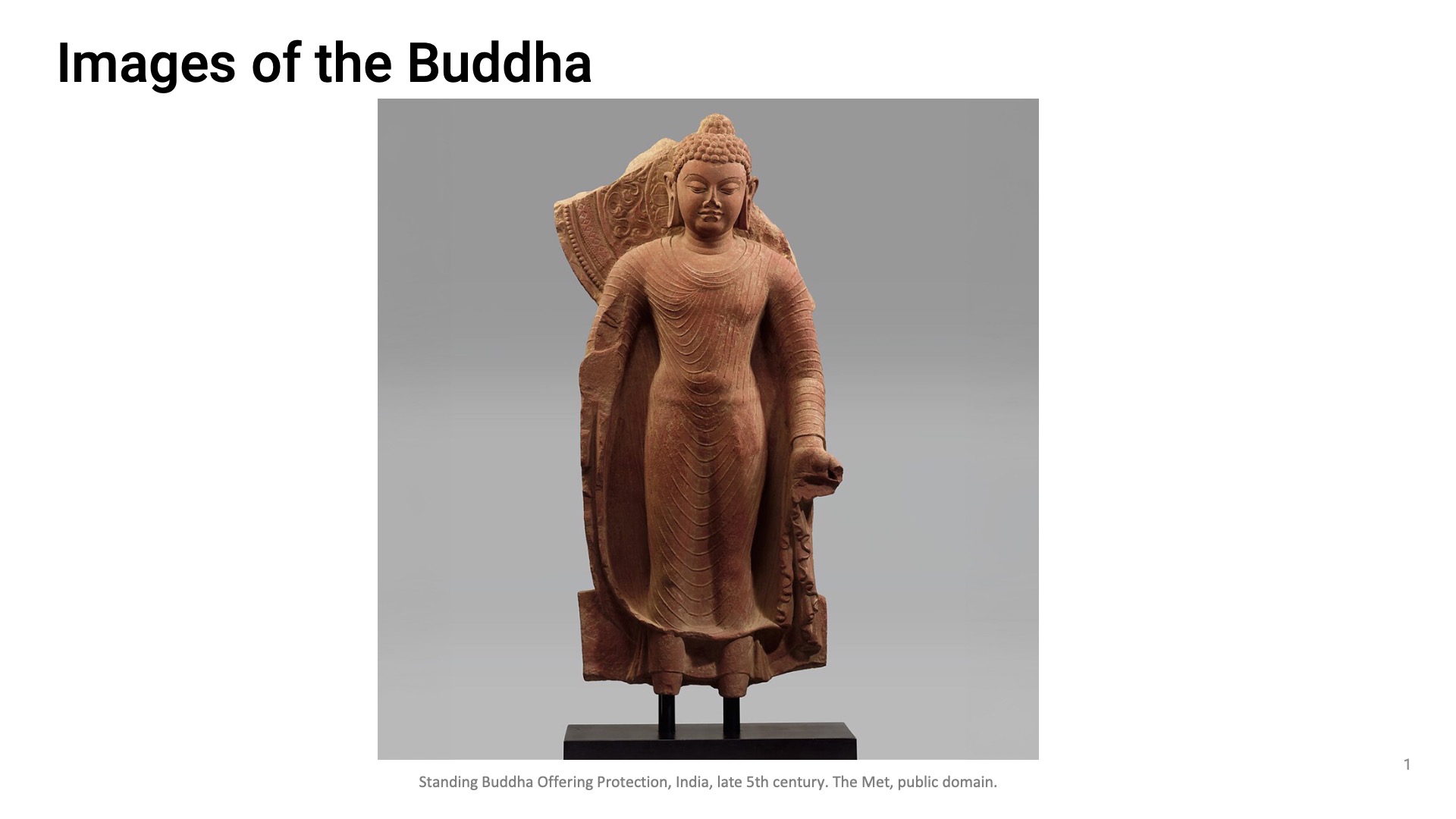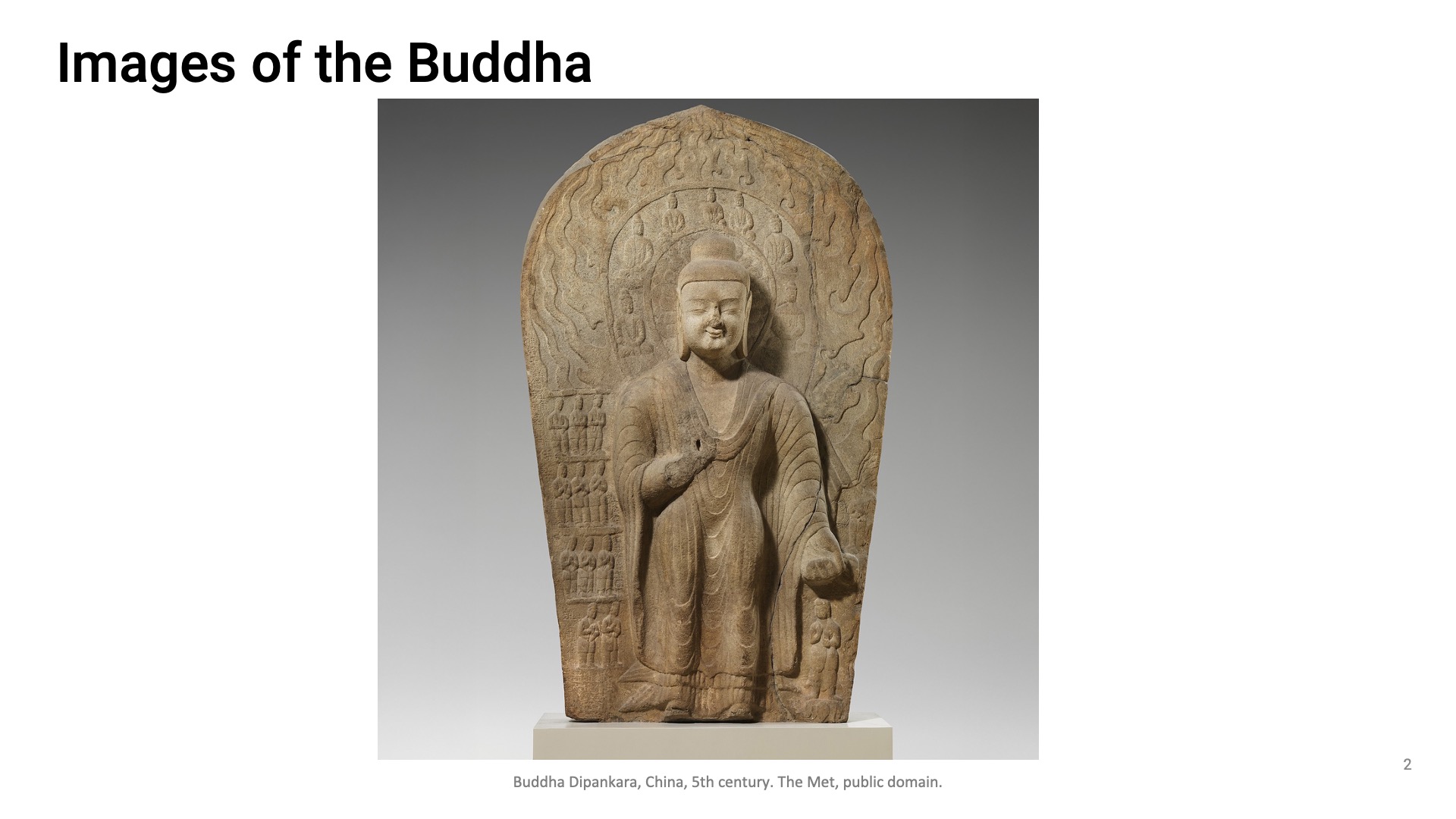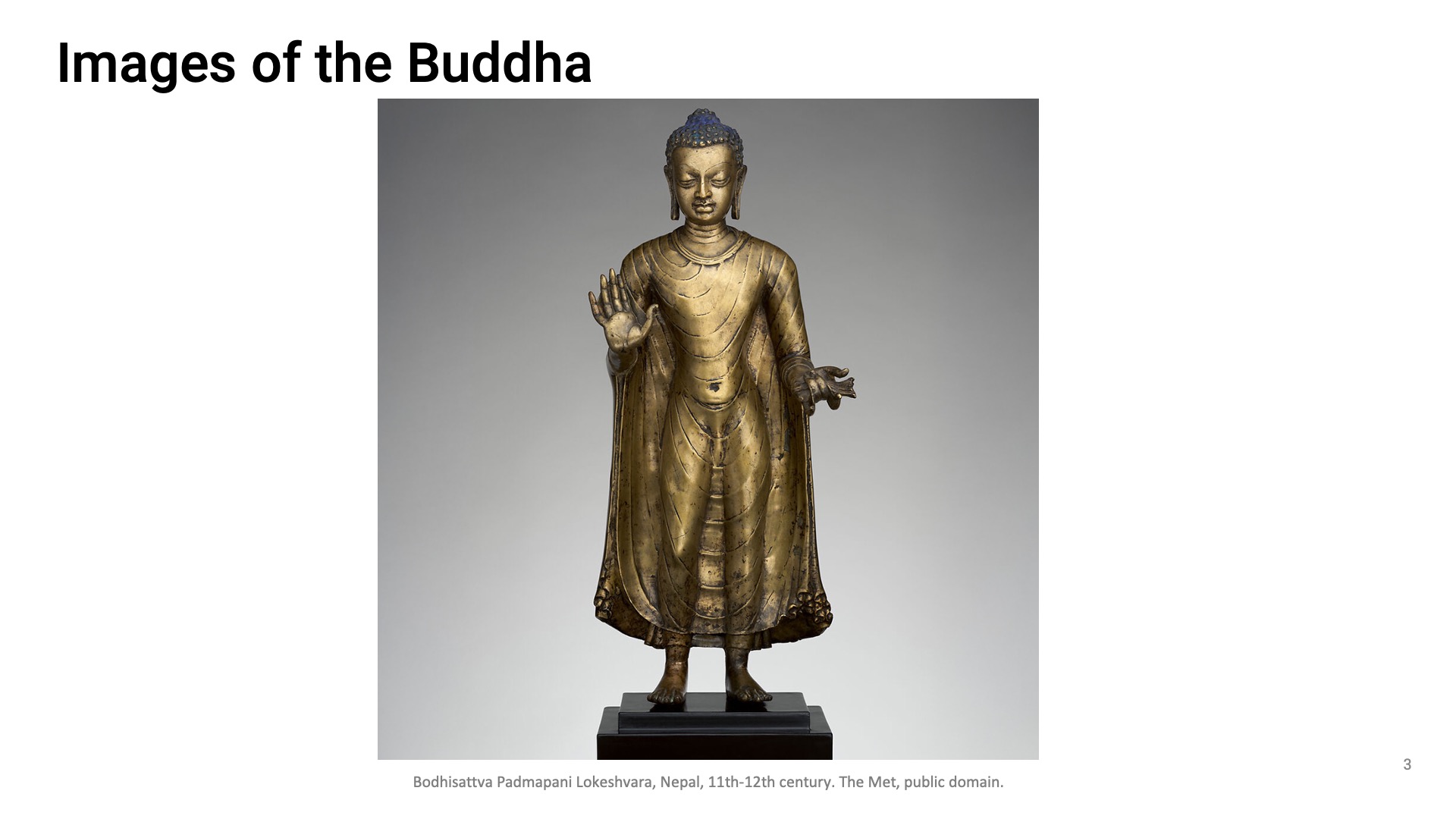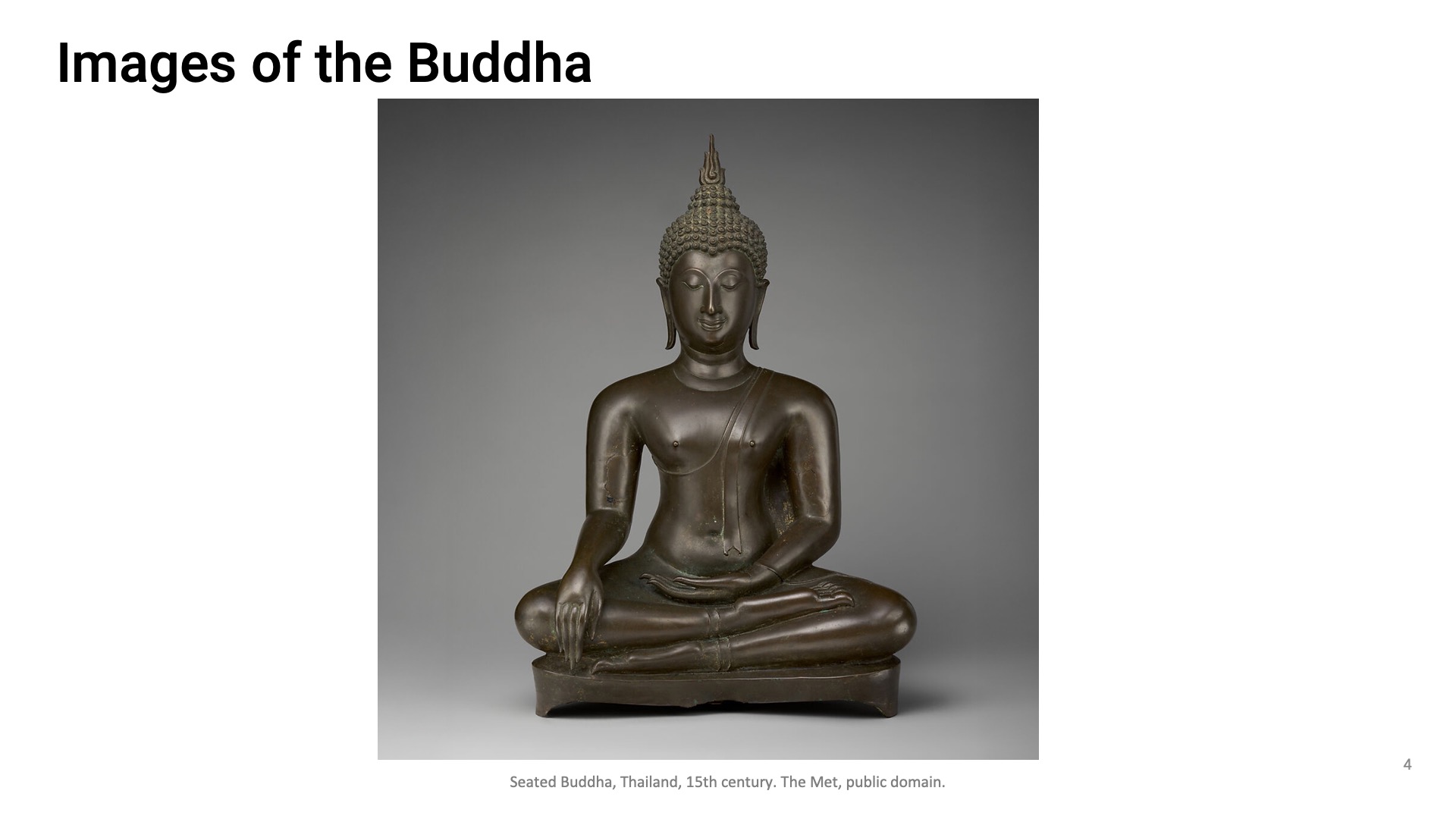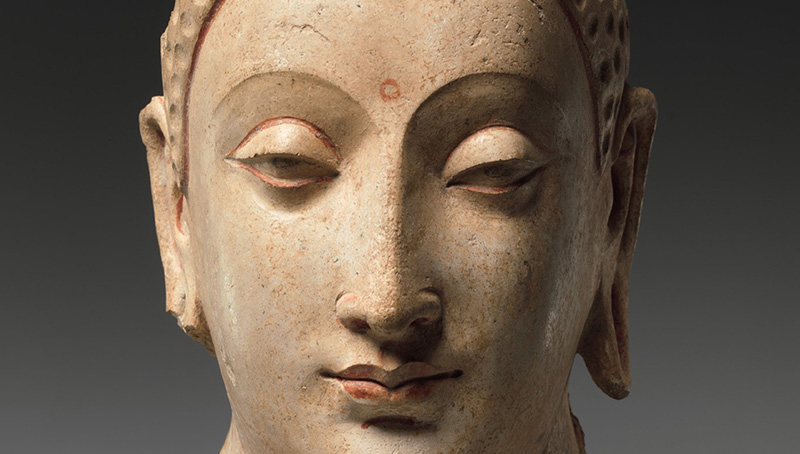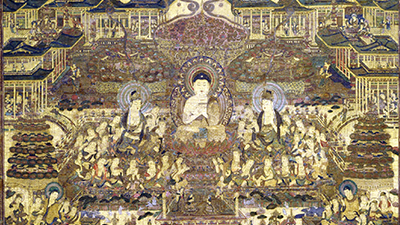How Do Religions Grow and Change?
Teacher Resources
Driving Question: How did belief systems transform as they spread along networks?
Trade networks continued to expand as portable belief systems developed and spread. Beliefs and ideas spread along long-distance trade routes, thanks to merchants, armies, and religious missionaries. As beliefs spread, some religions blended with local cultures and took on new traditions.
Learning Objectives:
- Investigate how and why belief systems spread.
- Assess how belief systems changed as they moved into new regions.
- Use quick-sourcing skills to analyze how belief systems impacted communities and networks during this historical era.
Vocab Terms:
- belief system
- caste system
- doctrine
- persecute
- Sinicization
- syncretism
Opener: How Do Religions Grow and Change?
To teach this lesson step, refer to page 2 of the Lesson 4.3 Teaching Guide.
Our Openers and Closers Guide will provide more information about these short, but important activities at the beginning and end of each lesson.
Religious artwork can tell us a lot about how religions changed as they moved to new places. Buddhist artwork is a great example of this. In this activity, you’ll analyze several images as you start thinking about how religions change as they spread.
Expansion and Adaptation
To teach this lesson step, refer to page 3 of the Lesson 4.3 Teaching Guide.
As portable belief systems spread to new places, they changed the societies there. However, converts to the new religions also adapted the beliefs to suit their local conditions.
-
Guiding Questions
-
Before you read
Preview the questions below, and then skim the article. Be sure to look at the section headings and any images.
While you read
Look for answers to these questions:
- What are some ways in which Christianity changed as it spread to new societies, especially in Asia?
- What are some ways in which Buddhism changed as it spread?
- How did the adoption of Buddhism and Christianity by political powers help those religions spread?
After you read
Respond to this question: This article begins and ends with the example of a Nestorian Christian gravestone in Central Asia. Why do you think this gravestone had both a Western calendar year and a Chinese Zodiac year?
Belief Systems Spread
To teach this lesson step, refer to page 4 of the Lesson 4.3 Teaching Guide.
The OER Project Quick Sourcing Tool is perfect for helping students unpack our source collections.
Trade networks moved much more than just physical goods. Belief systems were also spread through trade. These primary-source excerpts will help you understand how.
Mapping Belief Systems
To teach this lesson step, refer to page 4 of the Lesson 4.3 Teaching Guide.
As you work through course activities, make sure they are accessible to all students by reading through our OER Project Differentiation Guide.
Want to delve further into using maps in your classroom? Read "Here be dragons: Teaching world history in maps" to learn more.
You can find believers for just about every religion in every corner of the world—but how did they get there? Find out through this mapping exercise.
Closer: How Do Religions Grow and Change?
To teach this lesson step, refer to page 5 of the Lesson 4.3 Teaching Guide.
Merchants were one of the most important means by which religions spread to new places. Putting yourself in their shoes as they try to explain their religion will help you understand how religions changed.
Buddhism in China
To teach this lesson step, refer to page 5 of the Lesson 4.3 Teaching Guide.
Historically, belief systems have been shared along trade routes and at times, have been transformed once they’ve entered a new region. This was certainly the case with Buddhism.
-
Guiding Questions
-
Before you read
Preview the questions below, and then skim the article. Be sure to look at the section headings and any images.
While you read
Look for answers to these questions:
- What are some reasons why Buddhism became popular in China?
- Who is the main person who brought Buddhism to China, according to the traditional story?
- What is one example of how Buddhism Sinicized in China, according to the article?
- Why and how did the Sinicization of Buddhism happen, according to Zenryū Tsukamoto?
- How did systems of belief change people’s behaviors?
After you read
Respond to this question: What does the Sinicization of Buddhism tell us about the nature of a belief system as a community?
Reviewing for Organization and Language
To teach this lesson step, refer to page 6 of the Lesson 4.3 Teaching Guide.
Being able to organize your writing in a logical way and use clear language is a crucial element for all kinds of writing. Look for these elements in a sample student essay.


